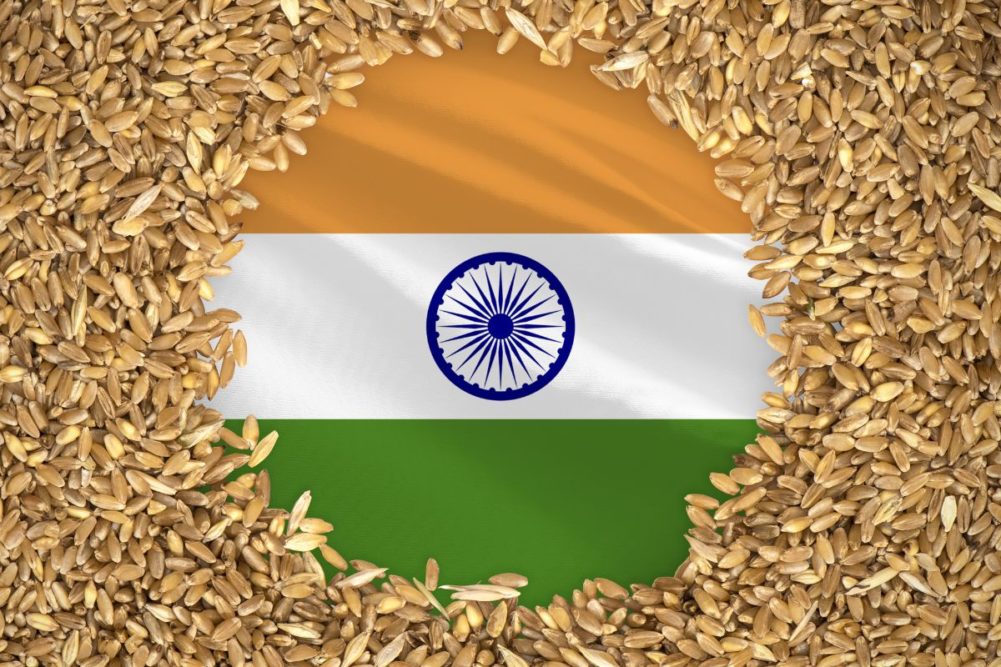
Arvin Donley, World Grain editor.
| Credit: ©SOSLAND PUBLISHING CO. KANSAS CITY, MISSOURI, US – The last of three legendary agronomists who played key roles in the development of the “green revolution” in the mid-20th century passed away last month. Dr. Mankombu Sambasivan Swaminathan, known as the father of India’s green revolution in the 1960s, died on Sept. 27 at the age of 98.Outside of India, his passing probably didn’t receive as much attention as it deserved. It’s hard to imagine a more important legacy than developing innovative methods to increase the food supply and significantly decrease acute hunger and starvation among your fellow countrymen. Swaminathan received numerous honors for his efforts, including being named by Time magazine as one of the 20 most influential Asians of the 20th century.
In 1961, India was on the brink of mass famine. Swaminathan, who at the time was an adviser to India’s minister of agriculture, invited famed US agronomist Norman Borlaug, who in 1970 won the Nobel Peace Prize for his work, to India to address the dire situation. Despite bureaucratic hurdles imposed by India’s grain monopolies, the Ford Foundation and Indian government collaborated to import wheat seed from Borlaug’s International Maize and Wheat Improvement Center (CIMMYT).
The state of Punjab was selected by the Indian government to be the first site to try the new crops because of its reliable water supply, its fertile soil, and a history of agricultural success. With assistance from Borlaug, Swaminathan launched the country’s green revolution through plant breeding, irrigation development, and financing of agrochemicals. With this plan in place, wheat yields grew by more than tenfold.
Around this same time, India adopted IR8 — a semi-dwarf rice variety developed by the International Rice Research Institute (IRRI) that could produce more grains of rice per plant when grown with certain fertilizers and irrigation. It became known as “Miracle Rice” because it produced yields 10 times that of traditional rice.
Before Swaminathan and Borlaug’s efforts, India was highly dependent on grain imports to feed its fast-growing population. Today, India is a model of self-sufficiency. It is the world’s second-leading wheat and rice producer and by far the world’s biggest exporter of rice, sending more than 17 million tonnes to foreign destinations last year.
Swaminathan, along with Borlaug and Chinese agronomist Yuan Longping, who helped his country escape a similar food insecurity predicament in the 1960s, saved the lives of millions of people in Africa, Asia and other parts of the world facing food deficits. All three men died in their 90s, working on ways to maximize crop production until their final days. Their legendary work must never be forgotten.
Perhaps their legacies will inspire a new generation of agronomists to lead the next green revolution. With climate change intensifying, creating production shortfalls in key grain-producing regions, including India, innovative agronomic minds must come together to find new solutions to maximize grain production in a world that is not only getting warmer but experiencing more extreme weather events.
The development and commercialization of biotech food grain varieties appears to be part of the solution, but agricultural scientists must continue to think outside of the box and leave no stone unturned in the quest to boost grain output to unprecedented levels in growing conditions that are increasingly less than ideal.
Arvin Donley is editor of World Grain.




